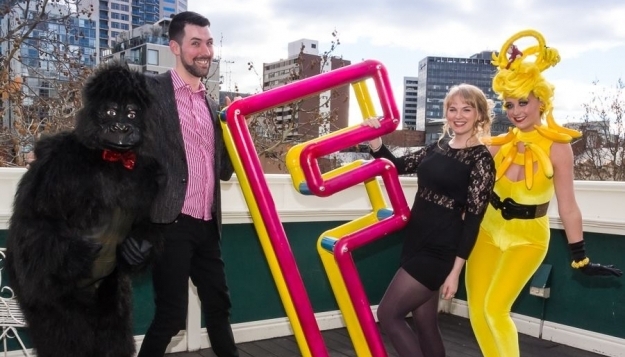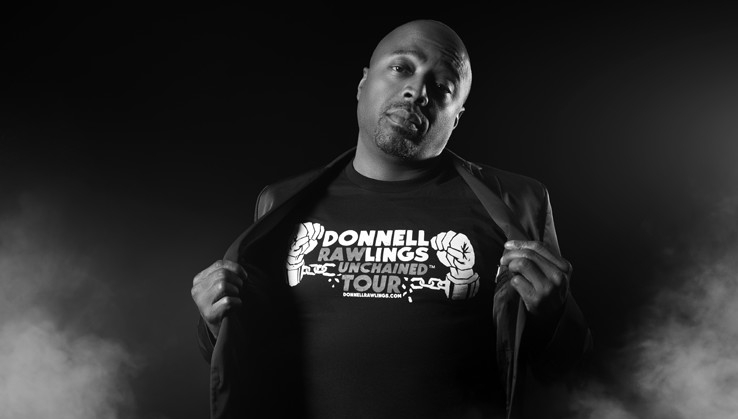With over 5,000 artists from Victoria and Australia’s diverse arts scene, the 2014 incarnation will feature over 400 individual shows over 19 days in 100s of venues across the city. “I think people underestimate how much time it takes to plan a festival with over 400 events,” she notes. “It’s quite an epic undertaking. That’s a good thing in some ways though because people don’t think about the hard work, they just think about how much fun they’re going to have at the festival.
“It’s a fun thing working towards one big goal. I’m starting to plan for 2015 and 2016 so I’m sort of living one year ahead of the festival in a lot of ways which is exciting too. The first half of the year is all about planning the festival and getting it on its feet, and then there’s obviously festival time, then it’s straight into planning for the next year. It’s funny, people ask me ‘what do you do when the festival finishes’ but we’re still working, we’re still going. There’s the team of six of us all year round and we’re flat out most of the year.”
Despite a consistently tough fiscal climate over the last five years, the festival has remained strong. “I spent a year working in commercial art and visual art sales in Paris, and I learnt a lot about bottom lines and a lot about pragmatism,” says Lovelock. “Working in the not-for-profit art sector is a mix of both those things. It’s understanding that you’ve got an obligation to artists to respect the integrity of the festival and making sure that you’re not compromising on values, while at the same time recognising that you are running a big festival and you’ve got artists to support. It’s about finding a balance which I think we do quite well by partnering with organisations which we really feel have a similar ethos to us.
“We’re really lucky that we get a lot of support from state and local government and also have a really fabulous principal partner in bankmecu. They really get what we’re about and understand the festival. We’re in a good position because it’s really clear that what we do can be left of centre and is sometimes controversial. It’s political so I think that necessarily means that people who want to engage in Fringe want to engage in conversations about social responsibility and what that means. Our whole premise is really that we don’t control the work of artists, we support them to say what they want to say and what they need to say, so I think any partner that comes along for that ride is prepared to do that with us.”
The 2014 program will see the return of Fringe Festival favourites such as Arj Barker, Rod Quantock, Finucane & Smith and Die Roten Punkte, alongside a slew of emerging and established artists spanning a range of artforms, including comedy, music, theatre, circus, dance, design and visual art. Some other highlights of the 2014 festival will include the Fringe Hub and Fringe Club in North Melbourne, the return of Fringe Film: Digital Creatures and the beloved Fringe Furniture program that each year showcases the latest in furniture, object and interior design.
While the artist-driven nature of the festival means there is no common theme, the festival has produced a series of works this year which follow certain lines of thought. This year, Melbourne Fringe presents Uncommon Places, exploring the concept of the “Third Place”, a place where people gather, converse, catch up and hang out. Third Places are informal sites that foster civic engagement, political thought, multicultural vibrancy and a sense of belonging. “Uncommon Places focuses on the idea of Third Places,” Lovelock explains. “The home being the first place where you spend the most time, the workplace being the second place where you still spend a lot of time, and these third places being places of relaxation and engagement in other aspects of life. The local pub, the tram stop, the dog park – we’ve engaged artists to create works looking at how people engage with those third places. Thematically it looks at the way people interact with the city and how we use public spaces.”
BY JOSH FERGEUS

